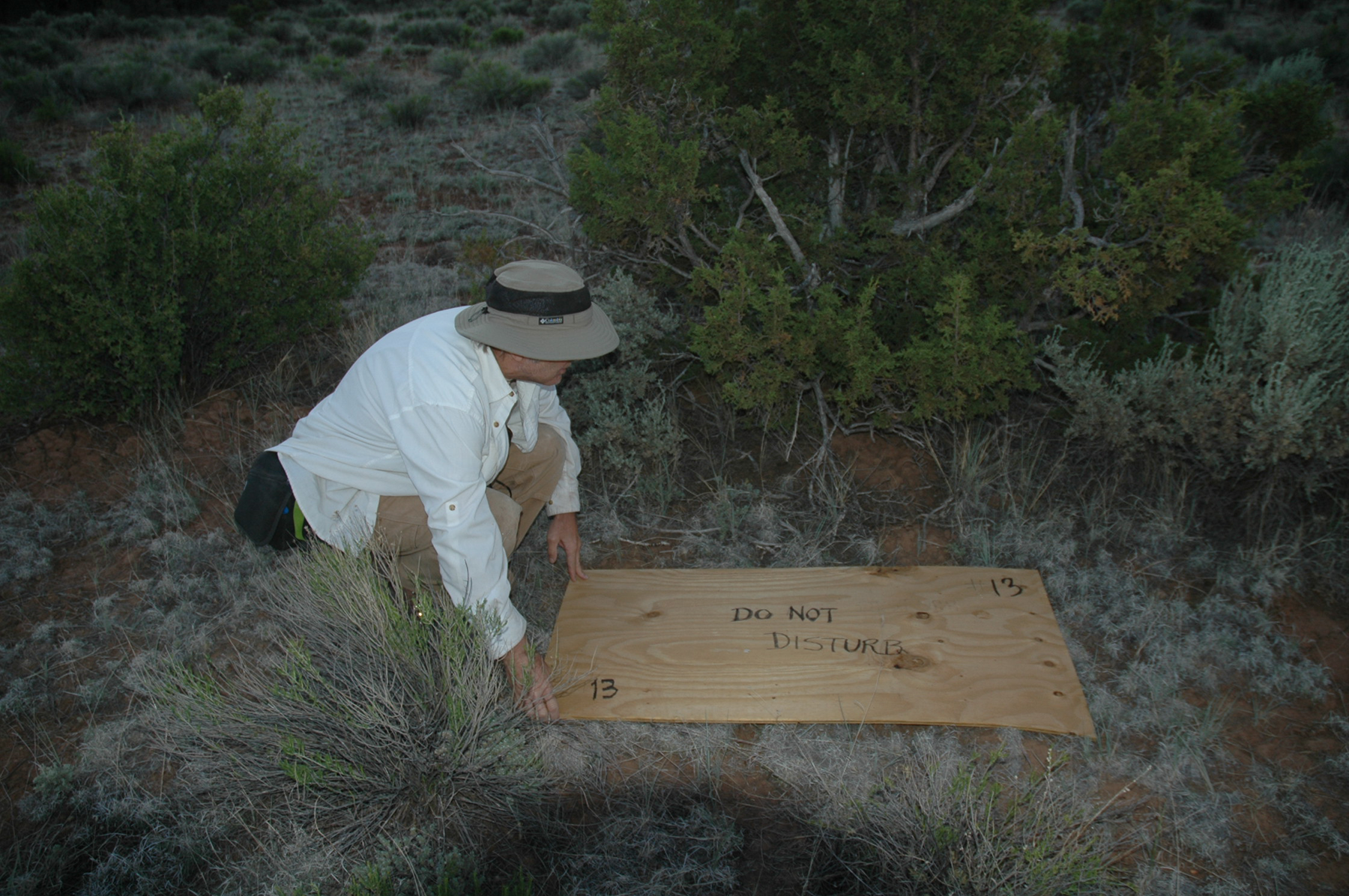Recent restrictions on uranium mining within the Grand Canyon watershed have drawn attention to scientific data gaps in evaluating the possible effects of ore extraction to human populations as well as wildlife communities in the area. Tissue contaminant concentrations, one of the most basic data requirements to determine exposure, are not available for biota from any historical and active uranium mines in the region. The Pinyon Plain (formerly Canyon) uranium mine is under development and provides a unique opportunity to characterize concentrations of uranium and other trace elements and radiation levels in biota in and adjacent to the mine before ore extraction begins.
Objectives
Identify contaminants of potential concern and critical contaminant exposure pathways for ecological receptors.
Conduct biological surveys to understand the local food web and refine the list of target species (ecological receptors) for contaminant analysis.
Collect target species for contaminant analysis prior to the initiation of active mining.
Contaminants of potential concern include uranium and associated radionuclides for radiation and the following elements for chemical toxicity1:
Critical contaminant exposure pathways from the conceptual exposure model1:
The biological survey of plants, invertebrates, amphibians, reptiles, birds, and small mammals is the first to document and provide ecological information on more than 200 species in and around the mine site; this study also provides critical baseline information about the local food web. Most of the species documented at the mine are common to ponderosa pine and pinyon-juniper forests in northern Arizona and are not considered to have special conservation status by state or federal agencies; exceptions are1:
The most common vertebrate species identified at the mine site included1:
A limited number of the most common species were collected for contaminant analysis to establish baseline contaminant and radiological concentrations prior to ore extraction. These empirical baseline data will help validate contaminant exposure pathways and potential threats related to contaminant exposures to ecological receptors. Resource managers will also be able to use these data to determine the extent to which local species are exposed to chemical and radiation contamination once the mine is operational and producing ore. More broadly, these data could inform resource management decisions on mitigating chemical and radiation exposure of biota at high-grade uranium breccia pipes throughout the Grand Canyon watershed.
Completed
Task 5a: Compile/evaluate existing and newly collected monitoring data from various agencies/sources Task 7a: Conduct species surveys
1 Hinck, J.E., Linder, G., Darrah, A.J., Drost, C.A., Duniway, M.C., Johnson, M.J., Mendez-Harclerode, F.M., Nowak, E.M., Valdez, E.W., Wolff, S., and van Riper III, C., 2014, Exposure pathways and biological receptors--Baseline data for the Canyon Uranium Mine, Coconino County, Arizona: Journal of Fish and Wildlife Management, v. 5, no. 2, p. 422-440
Jo Ellen Hinck
Biologist
Columbia Environmental Research Center
573.876.1808
jhinck@usgs.gov
 |
U.S. Forest Service (USFS) |
 |
National Park Service |
 |
U.S. Fish and Wildlife Service (USFWS) |
 |
Northern Arizona University |
| Bethel College |
